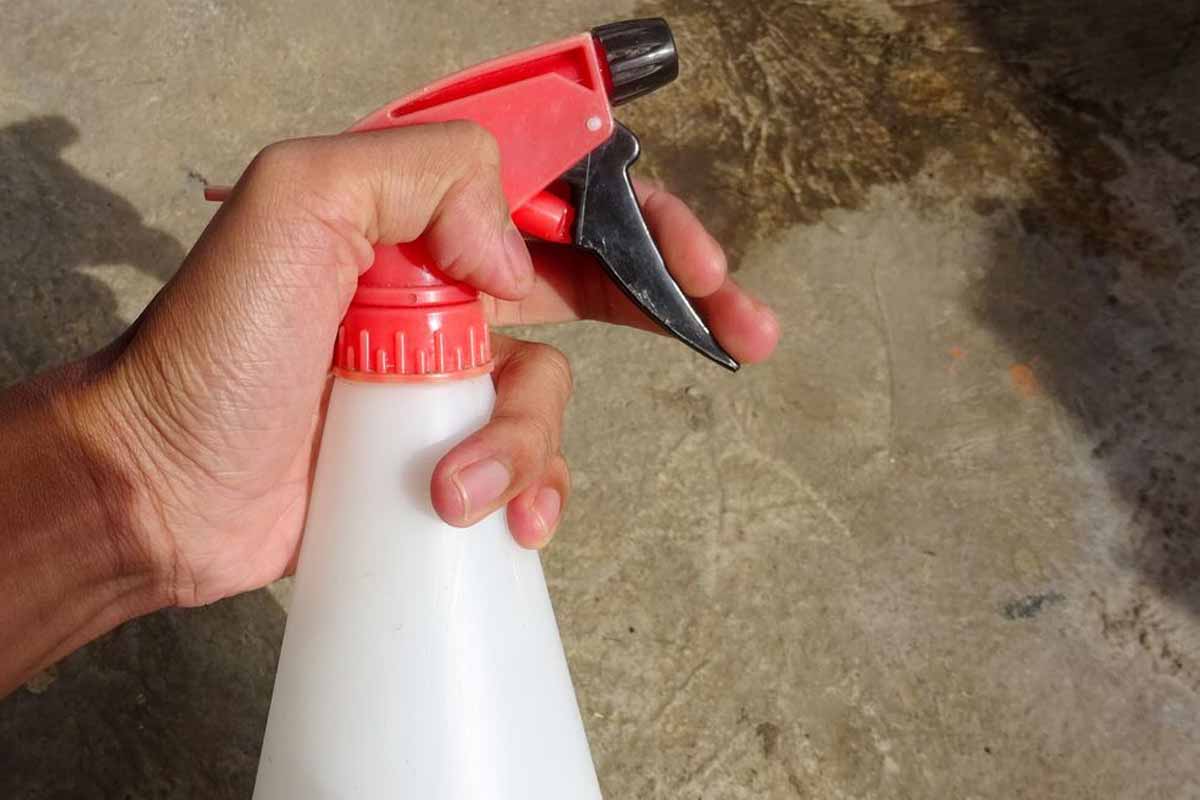I reached for vinegar weed killer after spotting a bold spider on the hallway wall. Not my proudest move, just my honest one. Spiders don’t scare me, yet a sudden cluster feels unsettling. You start counting webs and feel watched in your own kitchen. Let’s get your house back without turning it into a chemical zone.
Why they flock indoors
Peak mating season runs from September into early November. Cool nights push them inside through hairline gaps and crooked frames. They follow warmth, darkness, and quiet corners under furniture. Basements, window ledges, and cluttered shelves make perfect hideouts. You see one, then you notice five more.
It’s not an invasion plot, just nature finding a cozy loft. Seal the welcome points and you cut the guest list fast. A tube of caulk beats panic every time. Vacuum webs, empty the canister, wipe ledges with a simple spray. A light mist of vinegar weed killer solution around thresholds helps too.
Vinegar weed killer
Let’s talk defense you can mix in minutes. White vinegar is more than a limescale fixer. Its sharp scent overwhelms the receptors spiders use to make sense of things. They read the room with their legs, oddly enough. Throw that reading off and they move along. Grab a clean spray bottle and fill it half with white vinegar. Top with water so it doesn’t punch your nose all day. Shake it, label it, keep it near the door. Mist door frames, baseboards, porch steps, and the garage entry. Avoid polished wood and varnished furniture since vinegar can fog the finish.
Test a small patch if you’re unsure. Out on the patio, spray paths and the doormat edge. A quick pass every few days keeps the line strong. If you prefer a kit, even a garden-grade vinegar weed killer can be diluted for spot spraying. Use a light hand indoors and keep pets out until surfaces dry. I like setting a reminder on my phone. Little rituals make a calmer house.
Peppermint and pantry tricks
If vinegar isn’t your vibe, try peppermint oil. Spiders hate that mint blast. Add 15 to 20 drops to a bottle of water and shake. Spritz window tracks, closet corners, and under sinks. You can also soak cotton balls and tuck them by door frames. Swap them out weekly so the scent stays bold. Citrus peels in boiling water work too. Let the peel water cool, bottle it, and spray the skirting boards. No perfume counter needed, just your stove. For gardens and entryways, many folks swear by mixing a gentler vinegar weed killer spray for the brickwork. Go easy near delicate plants and metal fixtures.
Keep the bottle clearly labeled to avoid kitchen mix-ups. If you’re curious about plants, some herbs help. Lavender, rosemary, and mint make doorways less welcoming. They smell bright, and they earn their keep outside. Inside, tidy shelves and fewer cardboard stacks remove bonus hiding spots. Spiders love stillness. We give them chaos to explore when we leave piles.
Keep them out for good
Think of this as a routine, not a one-off purge. Walk your place like an inspector with coffee in hand. Check the weather strip on the front door. Look for light sneaking through the frame. If you see daylight, a spider sees opportunity. Close up cable holes, dryer vents, and warped screens. Swap heavy drapes for blinds if webs keep forming behind them. Run the vacuum along ceilings once a week. Empty it outside, every time. Set a spray schedule that fits your life. I keep a small bottle near each entrance. Two spritzes of vinegar weed killer on the sill, done. It feels almost ceremonial, like turning off the porch light. If you’ve got kids or pets, you’ll like the non-toxic angle. Air out rooms a bit after spraying.
Keep the mix off marble, granite, and fancy finishes. A soft cloth and warm water remove any over-spray. If you’re still seeing traffic, step up the frequency. You’re building a scent fence, not waging war. If you garden, you already know the smell cues matter. A weekend deep clean pairs nicely with a fresh batch. Label the bottle with the date so you remember when you mixed it. Vinegar weakens over time, especially if left in sunlight. Store your vinegar weed killer in a cool cabinet near the mudroom. You’ll reach for it more when it’s easy.
When to call in backup
Most homes calm down with basic steps. Every now and then, a garage or crawl space needs extra help. If you’re seeing large nests or steady egg sacs, bring in a pro. Ask for a low-tox plan that respects pets and gardens. Tell them you already use natural deterrents. A good tech will work with that. They can seal entry points you missed. They’ll also spot species you shouldn’t tackle solo. Brown recluse or widow sightings change the playbook. Safety beats bravado, always.
For everyday visitors, your routine will hold. I like ending with a simple checklist on the fridge. Vacuum webs, seal gaps, spray, refresh oils, breathe. The house starts to feel yours again. Quiet corners look like corners, not haunted dioramas. You sleep better when the hallway feels simple and clean. And if you want a final nudge, mix one last batch. A labeled jar, a funnel, and a quick shake. That familiar tang meets the door frame again. Your trusty vinegar weed killer waits by the mat, patient and ready.
